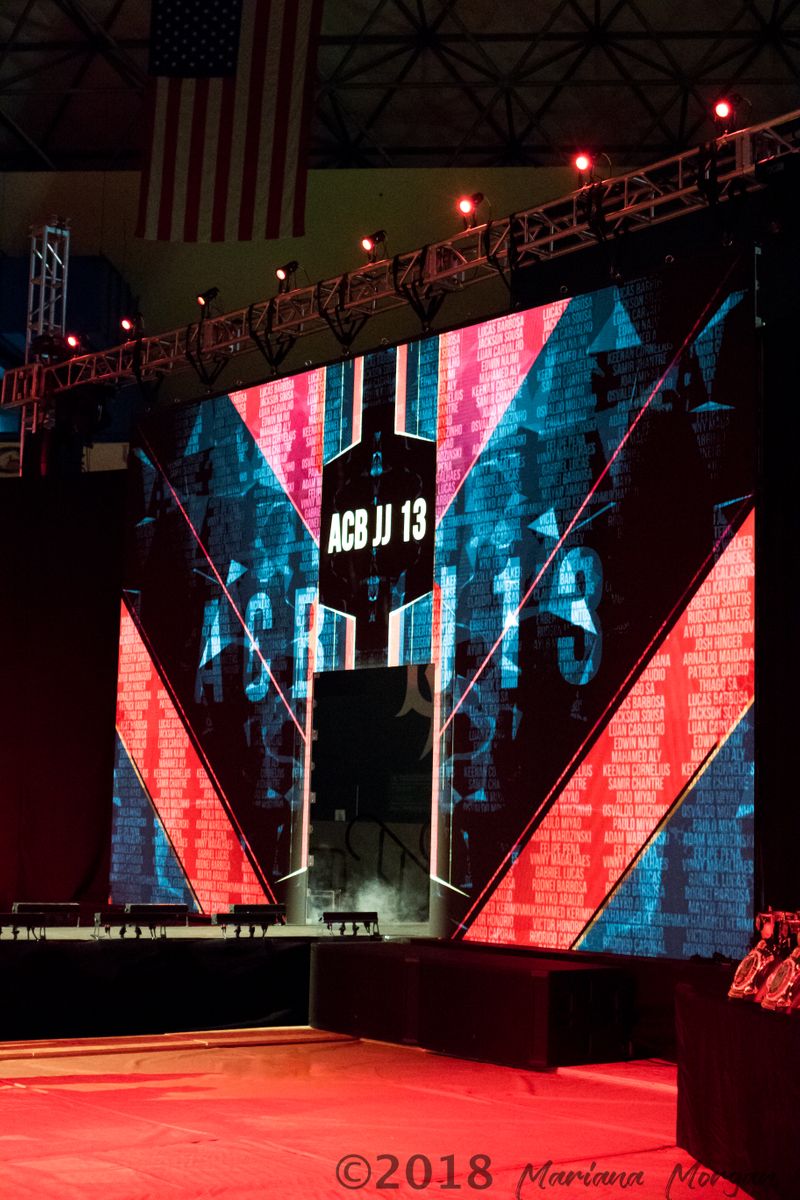Examining the Wide-ranging Integration Options Available for Light Emitting Diode Wall Panels
Examining the Wide-ranging Integration Options Available for Light Emitting Diode Wall Panels
Blog Article
LED display units have secured popularity for their ability to deliver high-quality imagery in multiple settings, from professional environments to entertainment venues. One of the most significant aspects of these systems is their interface capabilities, which allow users to connect them to multiple devices and systems. Understanding the diverse connectivity options available for Light Emitting Diode wall panels is vital for enhancing their use and effectiveness. This article explores these options, highlighting how they can cater to various needs and preferences.
One frequent interface method for LED wall panels is High-Definition Multimedia Interface. HDMI is broadly known for transmitting high-quality video and audio streams between devices. This connection type is especially beneficial in commercial settings, such as meeting spaces or classrooms, where presentations or video content are often displayed. By using digital connectors, users can easily connect laptops, projectors, and streaming devices to LED wall panels, ensuring a sharp and dynamic display of media.
Another commonly used connectivity method is DisplayPort, which is comparable to High-Definition Multimedia Interface but offers additional advantages. Display Port can support elevated refresh rates and resolutions, making it an excellent choice for gaming or design-heavy applications. For those deploying LED wall panels in environments where output quality is essential, such as esports arenas or creative workspaces, Display Port can provide the required visual clarity. Additionally, many modern computers and graphics cards feature Display Port connections, making it a convenient option for tech-savvy professionals.
In contrast to HDMI and DisplayPort, wireless transmission methods are becoming increasingly prevalent in Light Emitting Diode wall panel solutions. Cable-free connections allow users to transmit content without the requirement for physical cables, enabling a cleaner and more flexible configuration. Technologies such as Wi-Fi and Bluetooth allow users to link smartphones, tablets, and laptops seamlessly to LED wall panels without cumbersome wires. This convenience is especially advantageous in fast-paced environments like trade shows or events, where quick changes to displays are often required.
For extensive deployments or more intricate setups, network connectivity through Ethernet is another viable option. Wired connections provide a stable and robust way to integrate multiple Light Emitting Diode wall panels within a system. This see this approach is suitable for digital signage applications found in shopping malls or airports, where numerous panels may need to present coordinated content across a broad area. By using Ethernet cables and routing hardware, operators can guarantee that all connected panels receive consistent updates and information seamlessly.
Lastly, it's important to consider the evolution of interface technology with technologies such as USB-C and Thunderbolt 3. These newer connection types offer increased data transfer speeds and versatility by allowing one cable to handle both power delivery and data transmission. As more systems incorporate these standards, Light Emitting Diode wall panels equipped with Type-C ports will likely become more prevalent. This shift in connectivity not only enhances the functionality of LED wall panels but also aligns with the growing trend of minimalism in hardware arrangements decorative indoor lights by minimizing the number of wires required.
In summary, examining the broad interface options available for LED wall panels reveals many possibilities for users across multiple industries. From conventional methods like HDMI and DisplayPort to modern wireless solutions and network connections, each pathway serves specific functions suited to distinct needs. Furthermore, next-gen technologies like Universal Serial Bus-C offer further developments in how professionals utilize Luminescent Diode wall panels. By understanding these connectivity choices, individuals can make informed decisions that enhance their overall engagement with these multifunctional visual solutions.
